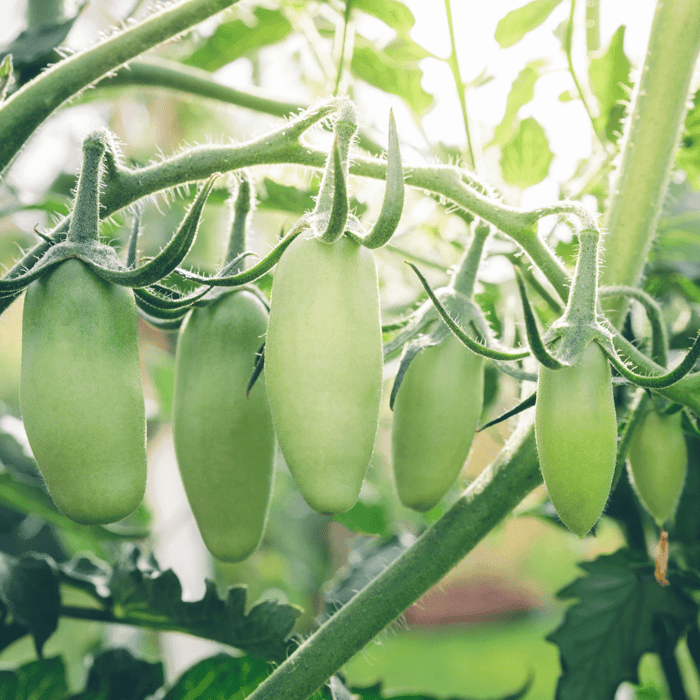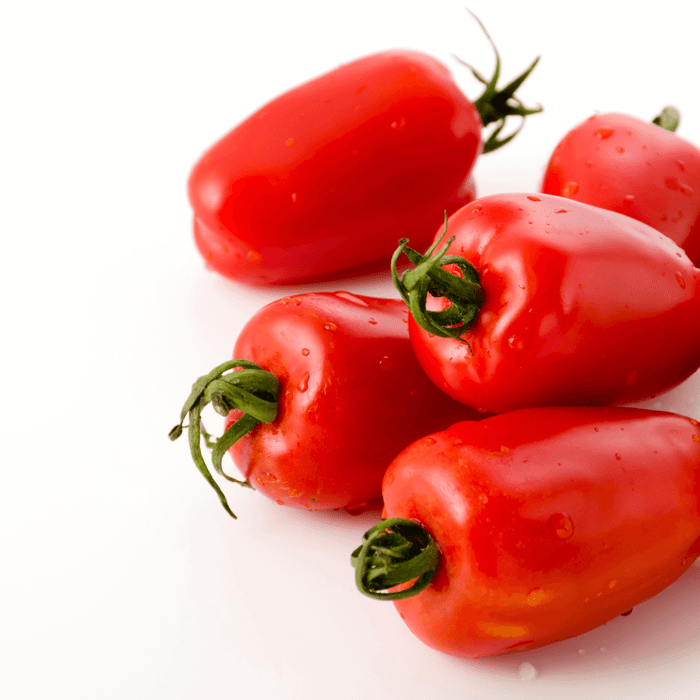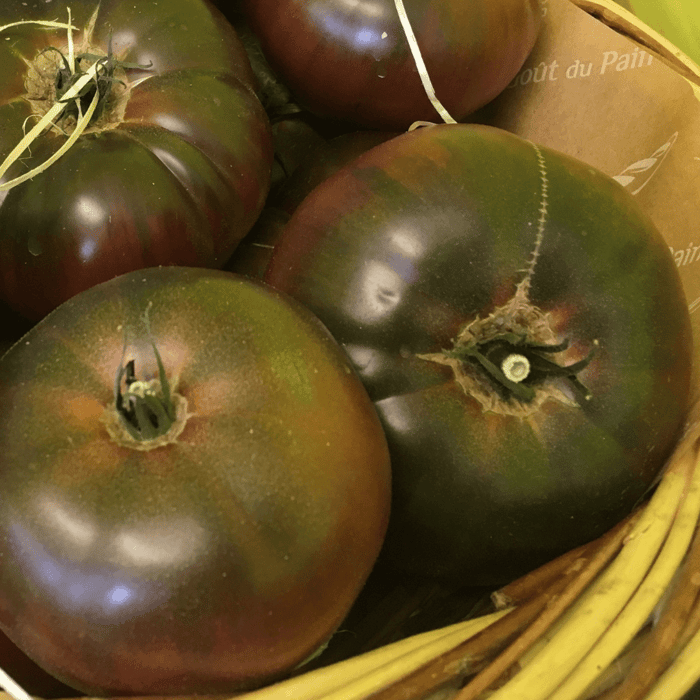As a female gardener passionate about growing tomatoes, I know that San Marzano tomatoes are a sought-after variety. They are prized for their rich flavor and meaty texture, making them ideal for sauces and canning. In this in-depth article, we'll discuss how to stake San Marzano tomatoes, focusing on various methods to ensure your plants get the support they need throughout the growing season. Let's get started!
1. Introduction to Staking San Marzano Tomatoes
Staking is essential for supporting your growing San Marzano tomato plants, as they can reach up to 6 feet tall. Proper staking helps to:
- Keep the San Marzano plants upright
- Improve air circulation
- Reduce the risk of diseases
- Facilitate harvesting
Providing proper support will enable your heirloom San Marzano tomato plants to produce a bountiful harvest of delicious sauce tomatoes.
Best San Marzano Tomato Seeds For Sale
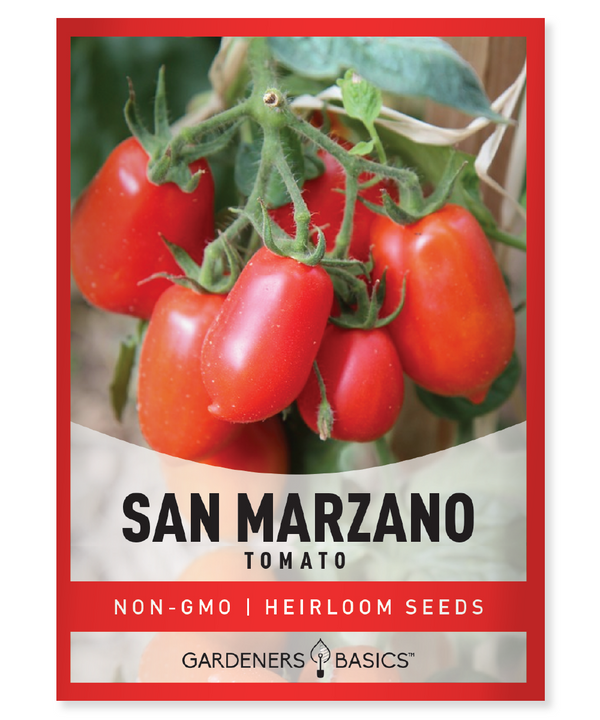
$2.49
Grow Authentic Heirloom San Marzano Tomatoes – Easy to Grow Non-GMO Seeds Our San Marzano Tomato Seeds are the perfect choice for any home gardener looking to grow authentic, high-quality tomatoes. These heirloom, non-GMO, non-hybrid, open-pollinated seeds produce the renowned San… read more
2. Selecting the Right Stakes
Choose stakes at least 48 inches tall, as San Marzano tomato plants can grow up to 6 feet tall. Stakes can be made from:
- Wood
- Bamboo
- Metal
- Plastic
Wooden stakes are popular, but ensure they are treated to prevent rotting. Metal stakes are durable and long-lasting, while bamboo and plastic stakes are lightweight and easy to handle.
3. When to Stake Your San Marzano Tomato Plants
It's best to stake your San Marzano tomato plants when transplanting them into the garden after the last frost date. This will ensure that the stakes don't damage the plant's roots and provide immediate support as the plant grows. Putting the stakes in is much easier when the plants are relatively small too. Don't wait until they are big and floppy; the task will be much more complex.
4. How to Install Stakes For San Marzano Tomatoes
To install stakes for your San Marzano tomato plants, follow these steps:
- Measure the distance between tomato plants, which should be 24-36 inches apart.
- Place the stake 3-4 inches away from the base of the plant.
- Hammer the stake into the ground, ensuring it's at least 12 inches deep for stability.
- Tie the plant's main stem to the stake using a soft cloth or plant tie, leaving enough room for the branch to grow and expand.
5. San Marzano Staking Methods
There are several methods for staking San Marzano tomatoes:
5.1. Single Stake
A single stake is the simplest method for staking San Marzano tomatoes. As the plant grows, tie the main stem to the stake at 12-inch intervals.
5.2. Double Stake
Double staking involves placing two stakes on either side of the plant and tying them together at the top to create a triangular support. This method provides additional stability for taller plants.
5.3. Florida Weave
The Florida Weave method uses stakes placed at intervals along the row and a horizontal string or twine that weaves in and out of the plants, providing support as they grow. This method is effective for more extensive vegetable gardens with multiple rows of San Marzano tomatoes.
5.4. Tomato Cages
Tomato cages are an alternative to staking, providing a cylindrical support system for the plant. They are available in various sizes and materials and are easy to install.
Tomato Seed Assortment | 8 Variety Pack
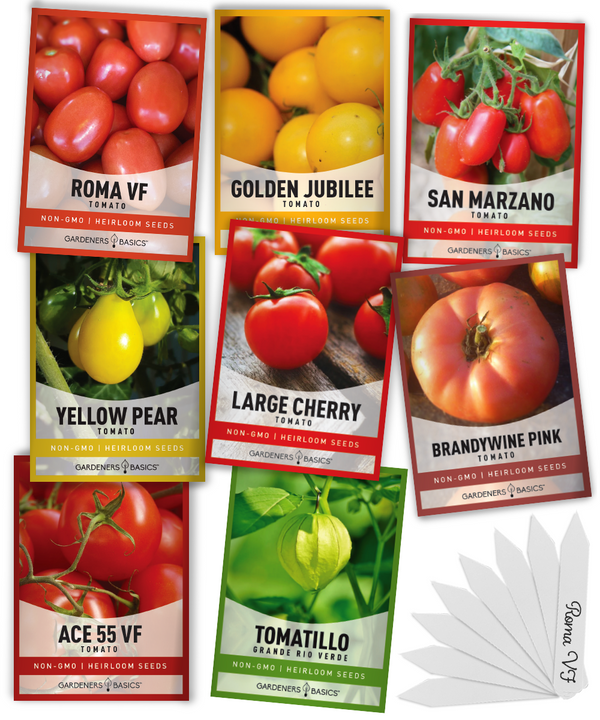
$15.95
8 Tomato Seeds Variety Pack – Heirloom, Non-Hybrid, Open-Pollinated, Non-GMO – Perfect for Home Gardens! Unlock the secrets to a thriving tomato garden with our premium 8 Tomato Seeds Variety Pack! Carefully curated for tomato lovers and gardening enthusiasts alike, this… read more
6. Maintaining Your Staked San Marzano Tomatoes
Throughout the growing season, ensure the ties are secure and not damaging the plant's stem. Adjust the ties as necessary to accommodate the plant's growth. Sometimes branches must be tucked, tied, and readjusted later as the plant grows during summer.
7. Preventing Common Issues
Staking your San Marzano tomatoes helps prevent common issues such as:
- Blossom end rot: Caused by insufficient calcium uptake, staking improves air circulation, reducing the risk of this issue.
- Fungal diseases: Proper staking promotes air circulation, which helps keep the leaves dry and reduces the likelihood of fungal infections.
- Pest infestations: Staking elevates the plants, making it harder for pests to reach them and keeping the fruit off the ground.
To further protect your San Marzano tomato plants, follow these additional tips:
- Water consistently, providing about 1-2 inches of water per week.
- Use a water-soluble or slow-release fertilizer to provide the necessary nutrients throughout the growing season.
- Rotate your crops each year to reduce the risk of soil-borne diseases.
 8. Harvesting and Ripening Your San Marzano Tomatoes
8. Harvesting and Ripening Your San Marzano Tomatoes
As your San Marzano tomatoes ripen, they will change from green to deep red. Harvest your tomatoes when fully ripe and slightly firm to the touch. If you need to harvest them early, you can allow them to ripen indoors at room temperature, away from direct sunlight.
Proper staking ensures a healthy and productive San Marzano tomato plant. Following the methods outlined in this guide, you'll be well on your way to a bountiful harvest of delicious San Marzano tomatoes to enjoy in sauces, canning, and other culinary creations.
In conclusion, staking San Marzano tomatoes is essential for a successful growing season. With various staking methods available, you can choose the one that works best for your garden and your plants. By providing the right support and following proper maintenance practices, you can look forward to a beautiful and fruitful harvest of these prized heirloom varieties native to Southern Italy.





